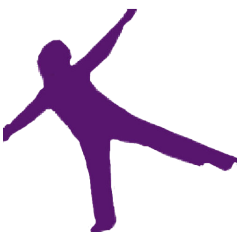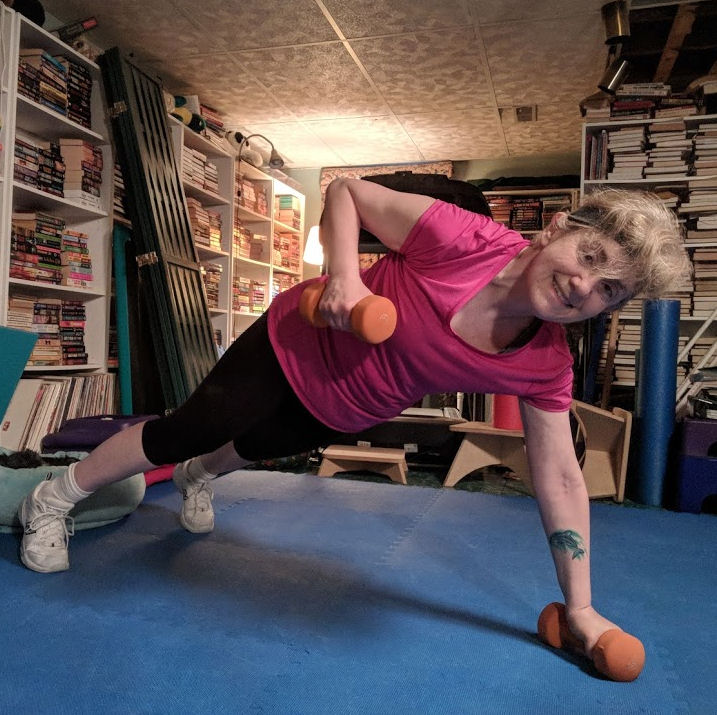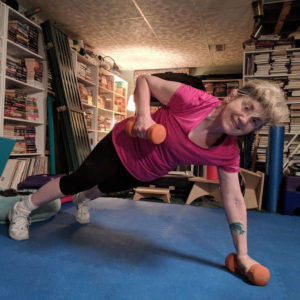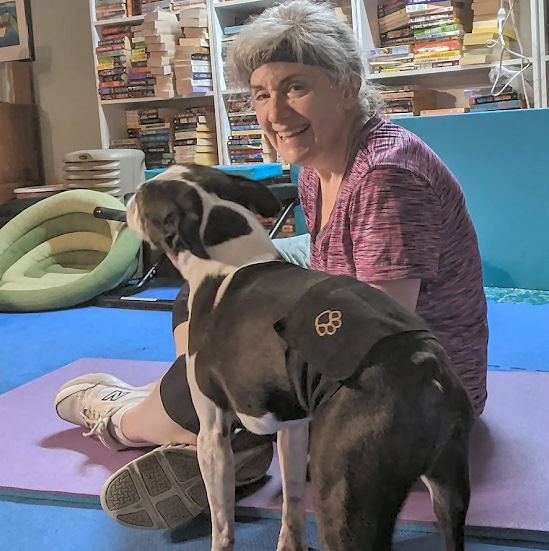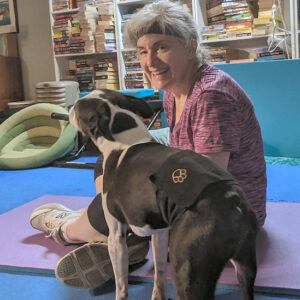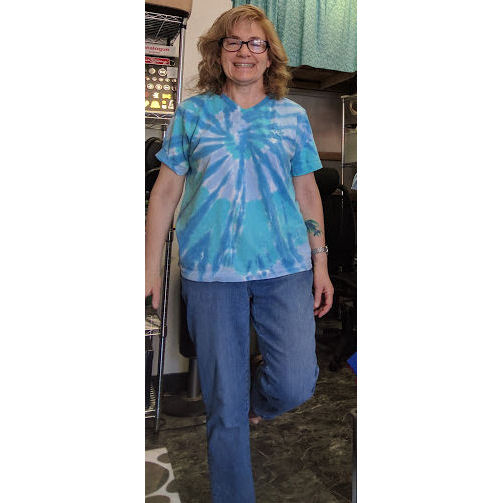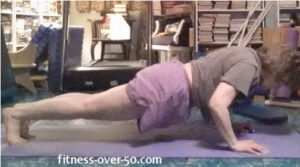Having back pain is the worst. You can’t do anything when your lower back hurts. Upper back pain is bad, too, but movement is usually at least possible. When your lower back hurts, you can’t walk comfortably. Forget about standing up when you’re sitting. And when you’re standing you can’t sit back down. And leaning over or bending is impossible. I speak from experience. Up until a few years ago I had sciatica pain that was unbearable for weeks at a time. The sciatica pain blended with the hip bursitis pain on occasion to create spasms of pain and breathlessness. I don’t like to think about that time. Then I read some studies that led me to work on my core. These studies indicated that having a strong core eases back pain. And in some cases prevents it entirely. Less pain means we can be happier every day.
Physical therapists agree
I still get newsletters from Athletico, where I did physical therapy for my knee a number of years ago. The latest newsletter (February 2024) highlights the correlation between a strong core and lessening back pain, in fact. “The goal of core stabilization exercises is to improve your abdominal strength and increase the stability in your lower back or lumbar spine, which can help alleviate aches and pains you’re currently experiencing.” So the key to easing back pain is not pain medication or even rest, it’s simple core exercises. This is great news for our healthy aging regimen.
The simplest core stabilization exercise
A simple core stabilization exercise is the plank, done on your forearms or the palms of your hands and your toes. Look straight ahead, tighten your core and keep your back in line. Don’t sink down or have a rounded back. If even a forearm plank is difficult for you, try an incline plank with your hands on a table, your kitchen counter or even a wall. As you get stronger, you can go lower. And you can add variations, like the “Renegade Row,” which challenges your core even more.
Other good core stabilization exercises include “Dead Bug,” which I talked about just a couple of weeks ago, and a simple pelvic tilt.
My goal, when I started working on my core, certainly was not to get a “six-pack.” I’ll be happy if no one else ever sees my abs. They’re strong and my back doesn’t hurt, and that’s all that matters to me. A strong core eases back pain for life. It doesn’t take long, if you’re consistent, and it’s certainly worth the few minutes to do the exercises most days.
